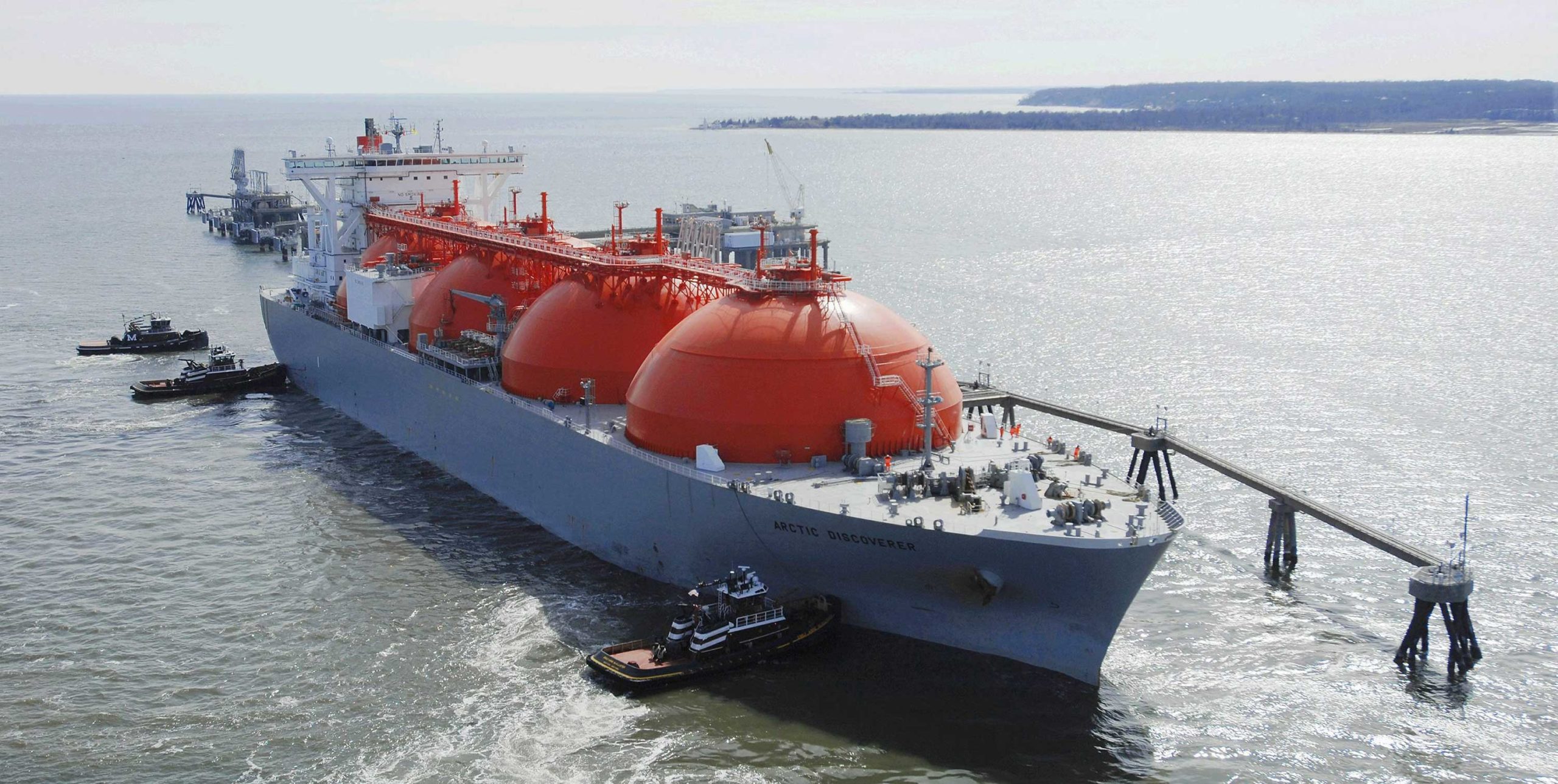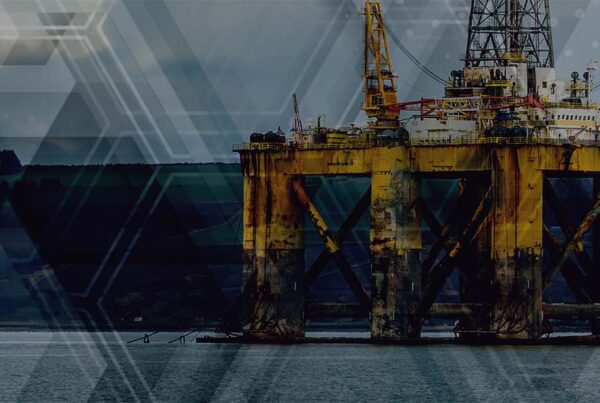Although it is difficult to predict exactly where LNG prices are heading, an analysis of the long-term supply and demand provides some promising insight. LNG supply is currently outpacing demand due to the wave of new LNG export projects expected from Australia and the US over the 2017-2021 period. Despite this, the need to reduce greenhouse gas emissions provides a catalyst for the increased demand of LNG in all areas of power generation, including road and marine transportation.
Over the past two years, nine countries joined the league of LNG importers and an additional 14 new countries are expected to have their first import facility commissioned by 2021. Consequently, this will open up new demand markets and provide additional upside for the future of the LNG demand-supply balance.
The emergence of new LNG markets will lead to an increase in the diversity of supply and buyers, with many importers expected to use spot trading to complement long and short-term contracts. This will enable them to benefit from the flexibility of spot trading, capitalise on low commodity prices and the lowered risk of long-term contracts.

Global LNG Capex 2012-2021
Source: Douglas-Westwood, World LNG Market Forecast 2017-2021
Douglas-Westwood’s World LNG Market Forecast 2017-2021 expects investments in new LNG facilities to total $284 billion over the forecast period, representing 50% growth compared with the 2011-2016 period. As with preceding years, the majority of this will be spent on liquefaction facilities. The proportion of spend on import facilities is expected to remain relatively stable at approximately 14% of global expenditure, according to the findings of DW’s research.
While long-term contracts are the foundation of LNG contracting practices, under-pinning returns on these capital-intensive projects, changes in the business environment are driving an increase in spot trading and short-term contracts, leading to a rise in the number of spot cargoes.
Efforts to keep LNG in the world’s energy supply mix, despite the current market downturn, will ensure the diversity of energy choices and create economic competition for coal in the long-term, as LNG producers continue to work on operational and cost efficiencies. Furthermore, LNG is seen as a bridge fuel between coal and renewables, and the ratification of the Paris climate deal will further strengthen environmental regulations to lower greenhouse gas emissions by fuel switching.
Mark Adeosun, [email protected]
LinkedIn




